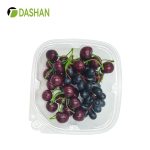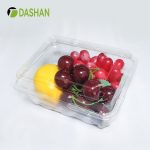Quick Summary
The growing consumer demand for eco-friendly food packaging is transforming the food industry. As environmental awareness increases, more consumers are seeking products that feature sustainable packaging. This article explores the applications of PLA, rPET, PET, and other eco-friendly materials in food packaging, discussing their environmental benefits, recyclability, and contribution to reducing plastic pollution. Additionally, we examine how this shift is helping brands improve their image, meet consumer needs, and drive the food industry toward a greener future.
In recent years, there has been a significant shift in consumer behavior, particularly when it comes to the demand for eco-friendly food packaging. As environmental awareness grows, consumers are increasingly choosing products that align with their values of sustainability, reduced waste, and responsible consumption. This shift is not only driven by a growing concern over the environmental impact of plastic waste but also by the rise of green consumerism, which prioritizes sustainable practices.
In the food industry, this shift is particularly noticeable. Packaging, a critical part of the food supply chain, has been identified as a major contributor to global plastic pollution. From takeout containers to beverage bottles and snack wrappers, traditional plastic packaging is becoming a target for reform. As a result, businesses in the food sector are adopting eco-friendly packaging solutions to meet consumer expectations, reduce their environmental footprint, and stay competitive in an increasingly eco-conscious market.
This article will explore the factors driving the demand for eco-friendly food packaging, the types of sustainable materials being used, the benefits and challenges of transitioning to greener alternatives, and how this shift is shaping the future of the food industry.
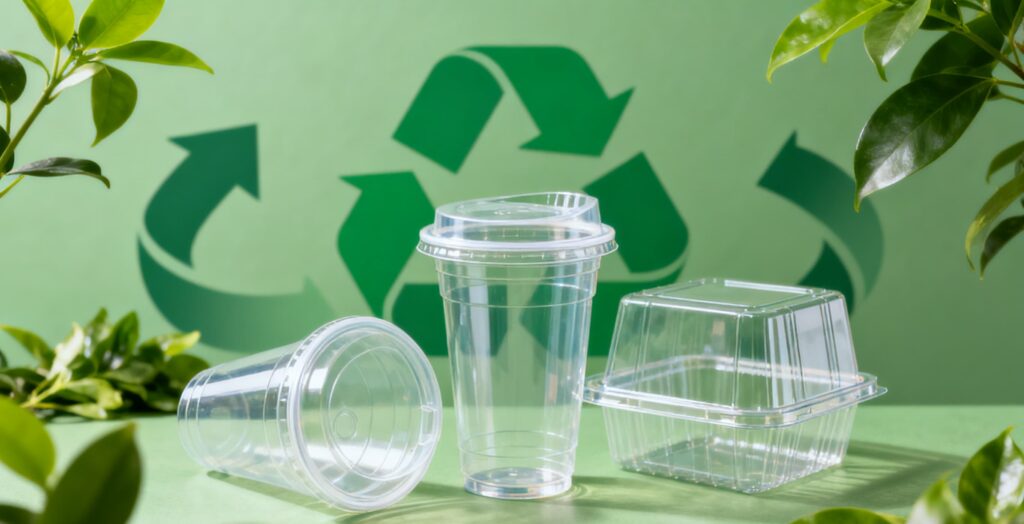
The Rise of Eco-Conscious Consumers
The growing demand for eco-friendly food packaging is driven by a combination of factors, including rising environmental concerns, consumer education, and the increasing influence of sustainability-focused brands. Let’s explore some of the key drivers of this shift in consumer behavior.
1. Environmental Awareness and Plastic Pollution
Plastic pollution is one of the most pressing environmental issues facing the world today. According to the United Nations, over 8 million tons of plastic end up in the ocean each year, posing a severe threat to marine life and ecosystems. Food packaging is a significant contributor to this crisis, particularly single-use plastic packaging, such as bottles, containers, and wrappers.
Consumers are becoming more aware of the detrimental effects of plastic waste and are seeking alternative products that are biodegradable, recyclable, or made from renewable resources. As more people understand the environmental impact of plastic packaging, they are demanding more sustainable options from brands and manufacturers.
2. Influence of Green Consumerism
In recent years, green consumerism has become a powerful trend. Consumers, especially millennials and Gen Z, are increasingly prioritizing sustainability when making purchasing decisions. These consumers are not only looking for eco-friendly products but are also willing to pay a premium for goods that align with their values of environmental responsibility.
Brands that embrace eco-friendly packaging are finding that they can tap into this growing segment of environmentally conscious consumers, which often translates into increased loyalty and higher sales. As a result, businesses in the food industry are being urged to adopt greener practices to meet consumer demand and maintain a competitive edge.
3. Corporate Social Responsibility (CSR) and Brand Image
Corporate Social Responsibility (CSR) has become an essential part of brand strategy. Many companies, especially in the food industry, are increasingly focusing on sustainability as a key pillar of their CSR initiatives. By adopting eco-friendly packaging, brands can enhance their image and appeal to eco-conscious consumers, making sustainability a central part of their value proposition.
The use of sustainable packaging materials also helps companies comply with increasing government regulations and industry standards that promote eco-friendly practices. By being proactive, brands can avoid potential regulatory hurdles and position themselves as leaders in the sustainable packaging movement.
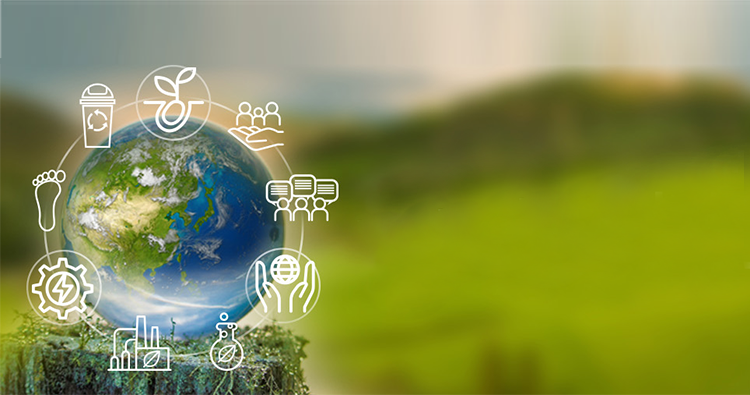
The Types of Eco-Friendly Food Packaging Materials
As consumer demand for eco-friendly food packaging grows, a variety of sustainable materials have emerged as viable alternatives to traditional plastic. These materials are designed to minimize environmental impact while maintaining the functionality and durability required in food packaging.
1. Biodegradable Plastics (PLA)
Polylactic Acid (PLA) is a biodegradable plastic made from renewable resources such as corn starch or sugarcane. PLA packaging is compostable and breaks down naturally over time, reducing the burden of plastic waste on landfills and oceans. PLA food containers are commonly used in food packaging such as takeout containers, cutlery, and cups.
The key advantage of PLA is its ability to degrade under composting conditions, making it a popular choice for eco-conscious foodservice businesses. However, PLA requires industrial composting conditions to break down effectively, which may not be accessible in all regions, limiting its impact in areas without proper composting infrastructure.
2. Recycled PET (rPET)
Recycled PET (rPET) is another popular material that is making waves in the food packaging industry. It is made from recycled PET plastic, typically sourced from used beverage bottles, food containers, and packaging. rPET maintains the durability and clarity of PET while reducing the need for virgin plastic, making it a more sustainable option.
rPET is commonly used in the production of bottles, food trays, and containers. It offers the advantage of being recyclable, helping close the loop in the recycling process and reducing the demand for new plastic production.
3. Paper and Cardboard Packaging
Paper and cardboard are widely used in eco-friendly food packaging, particularly for items such as takeout boxes, food wraps, and cups. These materials are biodegradable and can be composted, making them a great alternative to plastic. Paperboard is often coated with plant-based waxes or other compostable coatings to provide moisture resistance.
While paper and cardboard packaging are biodegradable, they still require responsible sourcing and recycling. Companies need to ensure that they are using certified sustainable paper sources to avoid deforestation and other negative environmental impacts.
4. Edible Packaging
In the quest for innovative, sustainable packaging, edible packaging is emerging as a cutting-edge solution. Made from natural ingredients such as seaweed, rice, and corn, edible packaging is designed to be consumed along with the food it contains. This completely eliminates waste and offers a novel solution for food packaging.
While still in the early stages of development, edible packaging has the potential to revolutionize the food packaging industry by offering a completely waste-free alternative. However, scalability and cost-effectiveness remain challenges for widespread adoption.
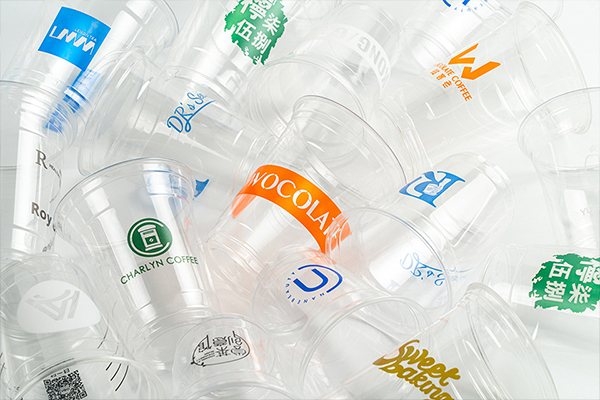
Benefits of Eco-Friendly Packaging for the Food Industry
Switching to eco-friendly food packaging offers several significant benefits for both businesses and the environment. Let’s take a look at the advantages that come with adopting more sustainable packaging materials.
1. Environmental Impact Reduction
The most obvious benefit of eco-friendly packaging is its ability to reduce environmental harm. Materials like PLA, rPET, and paper help decrease the volume of plastic waste that ends up in landfills and oceans. By switching to these materials, food businesses can significantly reduce their carbon footprint and contribute to a cleaner planet.
2. Enhanced Brand Image and Consumer Loyalty
As mentioned earlier, sustainability is becoming a key factor in consumer decision-making. Brands that adopt eco-friendly packaging can enhance their image and demonstrate their commitment to environmental responsibility. This can lead to stronger consumer loyalty, particularly among younger consumers who are more likely to prioritize eco-friendly products.
3. Compliance with Regulations
As governments around the world tighten regulations on plastic usage and waste, businesses that use eco-friendly food packaging are more likely to comply with environmental laws and avoid potential fines or legal challenges. Additionally, adopting sustainable practices may make it easier for businesses to meet green certification standards and gain access to eco-conscious markets.
4. Cost Savings in the Long Run
While eco-friendly packaging materials may have higher upfront costs, they can lead to long-term savings. For example, rPET can be recycled and reused, reducing the need for new plastic production. Similarly, switching to materials that are easier to recycle can reduce waste management costs and improve the efficiency of the recycling process.

Challenges of Transitioning to Eco-Friendly Packaging
Despite the benefits, transitioning to eco-friendly packaging presents some challenges that the food industry must overcome. These challenges include:
1. Higher Initial Costs
Many eco-friendly packaging materials, such as PLA and edible packaging, are often more expensive to produce than traditional plastics. While businesses may see long-term savings from reduced waste management costs and increased consumer loyalty, the initial investment in sustainable materials can be a barrier for some companies, especially small businesses with limited budgets.
2. Limited Availability of Sustainable Packaging
In some regions, the availability of eco-friendly food packaging materials is limited. For instance, PLA requires industrial composting facilities to break down effectively, which may not be available in all areas. Additionally, some sustainable packaging options, such as edible packaging, are still in the experimental phase and may not be commercially viable at scale.
3. Consumer Education and Behavioral Change
While demand for eco-friendly packaging is rising, not all consumers are aware of the environmental impact of their purchasing decisions. Businesses need to invest in educating consumers about the benefits of sustainable packaging and encourage recycling and responsible disposal practices.
Conclusion: The Future of Eco-Friendly Food Packaging
The demand for eco-friendly food packaging is reshaping the food industry, and the shift toward sustainable practices is here to stay. As environmental concerns grow and consumer preferences evolve, businesses in the food industry must adapt to stay relevant and meet the expectations of eco-conscious consumers.
While challenges exist, the benefits of adopting eco-friendly packaging far outweigh the drawbacks. With innovative packaging materials, greater consumer awareness, and stronger regulatory support, the future of food packaging looks greener than ever.
As the demand for sustainability continues to rise, businesses that prioritize eco-friendly packaging will not only help protect the environment but will also secure a competitive edge in an increasingly eco-conscious market.
References
-
NatureWorks – PLA and Sustainability
NatureWorks explains how PLA is produced from renewable resources and is used as an eco-friendly alternative to traditional plastics.
https://www.natureworksllc.com -
ASTM D6400 – Standard Specification for Compostable Plastics
ASTM defines the criteria for compostable plastics, including PLA, focusing on its biodegradability and composting conditions.
https://www.astm.org/ -
European Bioplastics – Sustainable Packaging with rPET
European Bioplastics highlights the benefits of using rPET and how it contributes to more sustainable packaging solutions.
https://www.european-bioplastics.org -
BPI – Biodegradable Products Institute
BPI provides certification for PLA products, ensuring they meet industrial composting standards and are viable for eco-friendly food packaging.
https://www.bpiworld.org -
Sustainable Packaging Coalition
The Coalition offers resources on sustainable packaging solutions, including the adoption of eco-friendly food packaging alternatives like PLA and rPET.
https://www.sustainablepackaging.org

